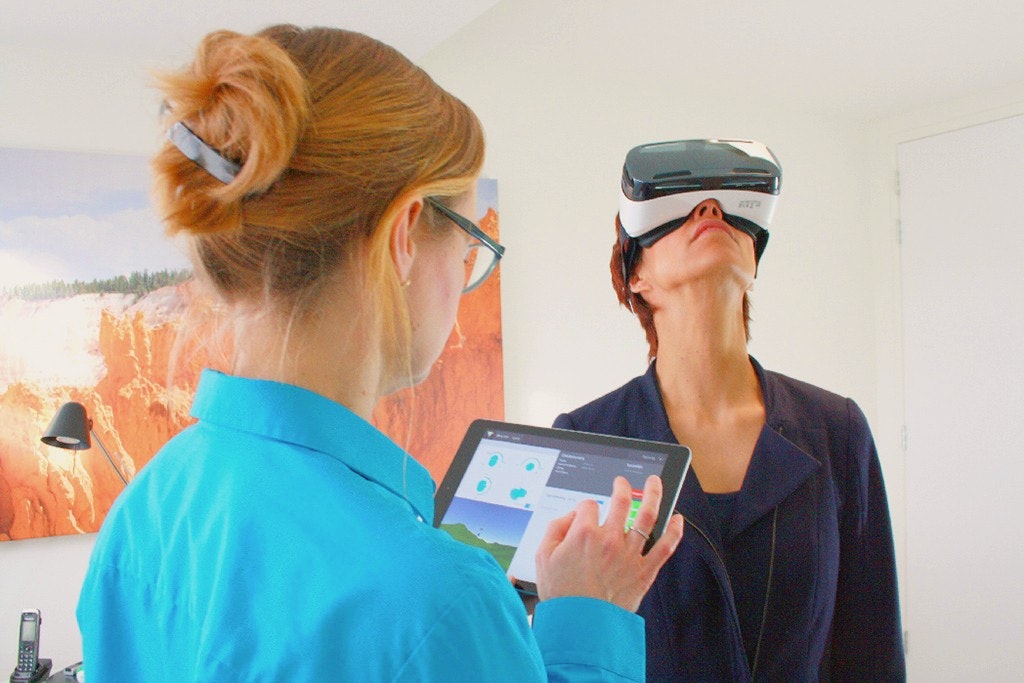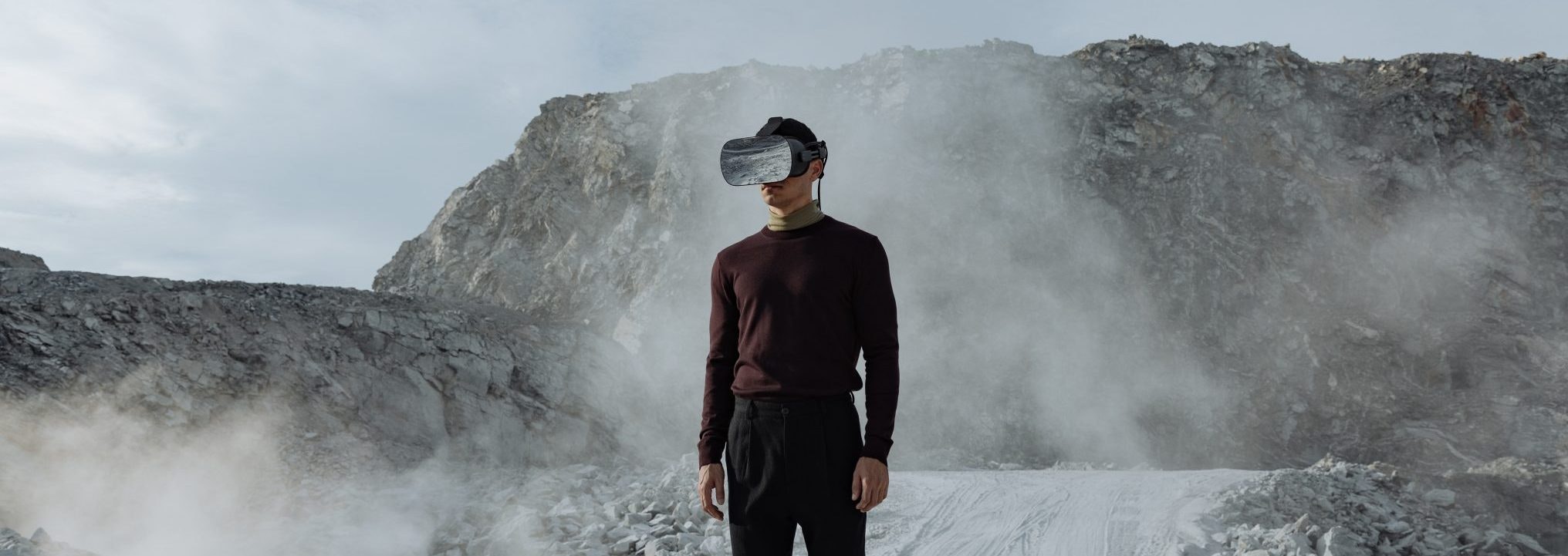The car dashboard of the future will be a floating hologram, meaning drivers never have to take their eyes off the road to check their speedometer or GPS directions.
This vision by UK-based Envisics just received a big endorsement from the automotive industry, with a collection of blue-chip carmakers — including Hyundai Motors, General Motors, SAIC Capital and Van Tuyl Companies — investing $50m in the company to help bring the technology to market.
“Our ambition is to revolutionise the experience in a car,” says Jamieson Christmas, chief executive of the startup. “The display takes the information and puts it upon reality,” explains Christmas. “Our product will make your speedo and your information cluster float about two and half metres in front of you, meaning you don’t have to look away from the road to see how fast you’re going,” he says.

There are already several cars on the road using augmented reality — BMW, Chevrolet, Jaguar, Lexus, Mazda, Toyota and Volvo. Most of those involve a display at the bottom of the windscreen, or involve the driver wearing a specialised headset or glasses to see the AR.
Envisics, too, has developed a laser-based console that shows up at the bottom of the windscreen, and it’s already in cars made by Jaguar Landrover.
The new technology, however, will take this further and beam a holographic display, augmented within the real-life scene in front of the driver.
The company is also working on integrating GPS navigation into the display, so drivers are alerted to directions by signals floating on the road itself. “The idea is to lower the cognitive burden of driving,” says Christmas. “Navigation will be entirely apparent.”
Safety is a primary benefit of the technology, Christmas says. “The environment of a car is becoming more digitalised, and actually has more potential for distractions. We’re trying to take away all those distractions, but still provide you with the information you need.” By integrating information within the screen, drivers won’t need to look away from the road.
The holographic display is meant to work around the criticisms levelled at existing augmented reality screen displays. A 2018 AAA study found that the screens make driving slightly more dangerous because the driver has to look away from the road.
Some see augmented reality beamed onto the road itself as an answer to this, but there’s no proof yet that it’ll avoid the pitfall of adding more potentially distracting information into the driver’s eyeline.
On the road
The first cars using the holographic displays could be on the road as early as 2023, says Christmas. The new $50m funding will be used to expand to the team and open more offices around the world.
The first cars to use the technology will be the higher end of the market, but Christmas hopes the technology will soon become more accessible. “It’ll become ubiquitous across all different car brands and car sizes” he says, “and that’s what we’re focused on.”
The company’s manufacturing will continue to be based in Asia, Christmas says, but they plan to use the $50m investment to open satellite offices around the world - and double their employees, hiring another 60 people.
Revolutionising the car itself
The technology won’t stop with GPS and speedometers, Christmas says. The technology can also be used to detect things about the people in the car, such as their pulse and heart rate, monitoring their well-being, as well as inferring information about the world around the car, like people crossing in front of it.
And it could even change the layout of cars themselves. By removing the need for the central stack and information cluster, the company hopes car manufacturers will have more space to rework the interior of the car and add in features we haven’t seen before.
“It’s part of what we want to do,” says Christmas. “We want to provide a technology that can be a catalyst that changes the way we drive today.”


